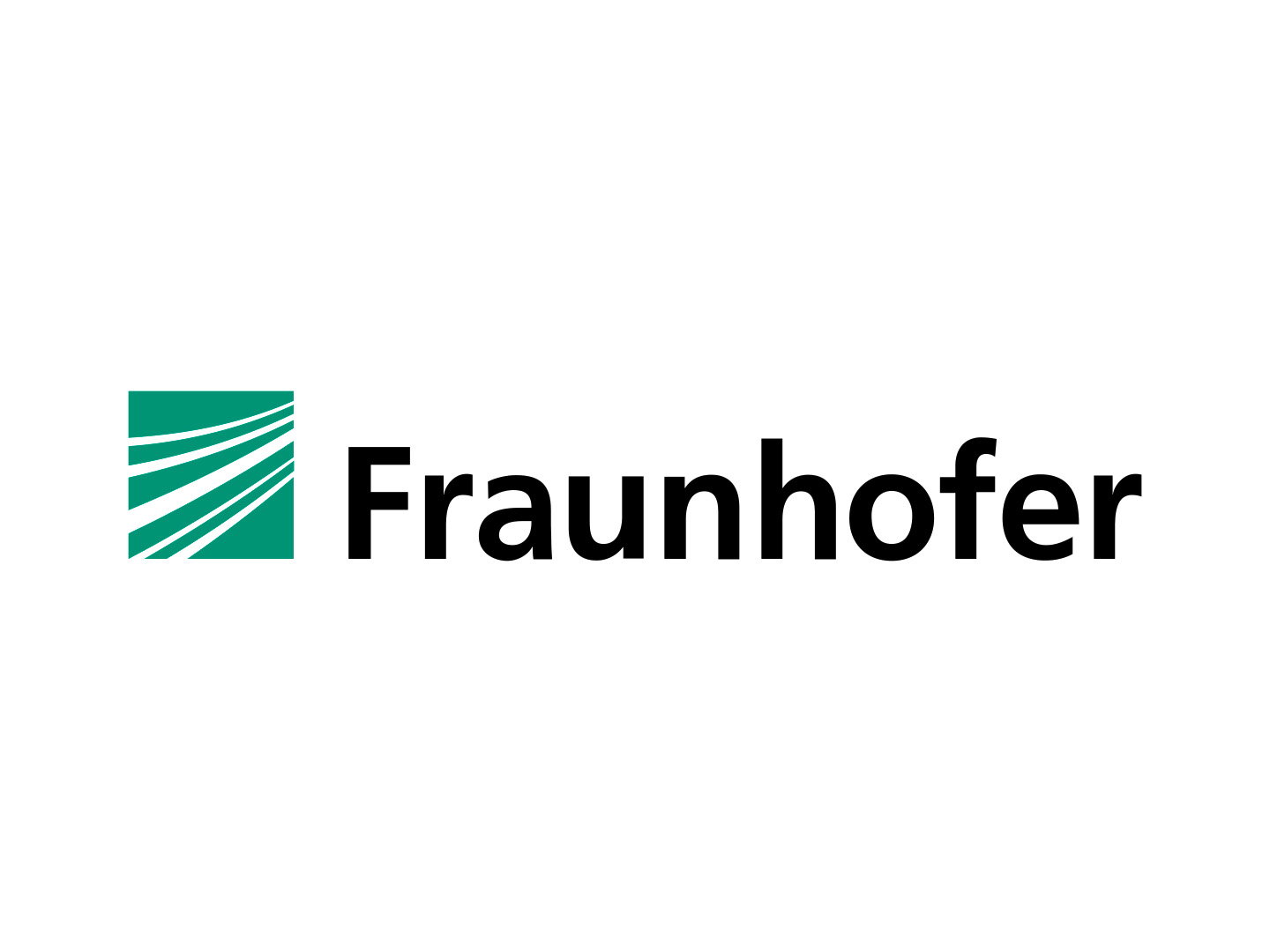The construction industry is one of the most resource-intensive economic sectors in Germany. It uses around 600 million tonnes of mineral building raw materials every year. At around 100 billion tonnes, the total stock of buildings throughout Germany is now an important raw material store, the components of which could be returned to the material cycle after use by means of targeted recycling. BauCycle has set itself the goal of developing new and economically attractive recycling options, especially for the fine fractions of mineral construction waste (smaller than 2 mm) that cannot yet be reused today.
Since the beginning of 2016, a research consortium has been investigating how resource conservation, high-quality recycling of building materials and intelligent material flow control can be interlinked. Recycled building materials are to be returned to the original value creation chain. This allows processing companies to reduce the use of primary raw materials and build more sustainably. In the future, it will be possible to generate a real resource from a current “problem fraction“. Another advantage of BauCycle: it counteracts the shortage of landfill space.
BMUB ordinance
The project is also becoming more topical as a result of the planned new ordinance under the auspices of the Federal Ministry for the Environment, Nature Conservation, Construction and Nuclear Safety (BMUB). The core of the ordinance is the Substitute Building Materials Ordinance, which is intended to regulate the use of mineral substitute building materials in technical structures on a nationwide and legally binding basis. Current discussions regarding limit values could result in established recycling methods such as road construction and landfill site construction no longer being available, which would increase the need for new recycling methods.
There are various approaches to the production of components available for the fractions present after sorting. Possible recycling routes and recovery potentials include use as a secondary raw material for aerated concrete or the production of granulates for use in acoustically active components, e.g. in the field of noise protection. The scientists are also working on developing cementless binders as an alternative to the materials used conventionally.
Product development, sorting technology, marketing
The product value creation chains resulting from the BauCycle processes differ significantly from the models previously available in the construction sector, particularly within raw material procurement. A dynamic market platform in the form of a commodities exchange is, therefore, being developed to accompany this. It identifies the services offered by recycling companies and the needs of recycling material processing companies – and thus supports the market launch of the products. BauCycle thus combines the three business segments product development, sorting technology and marketing.
 Fraunhofer Institute for Environmental, Safety and Energy Technology UMSICHT
Fraunhofer Institute for Environmental, Safety and Energy Technology UMSICHT